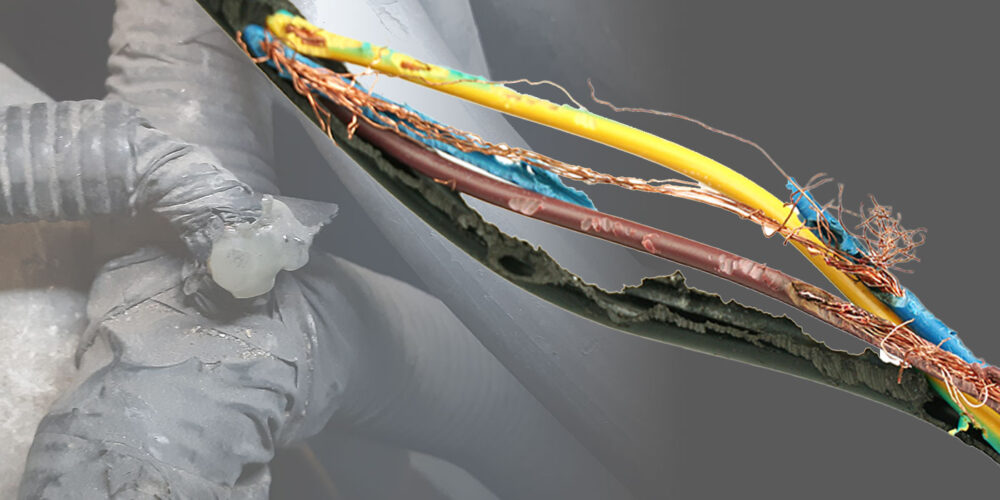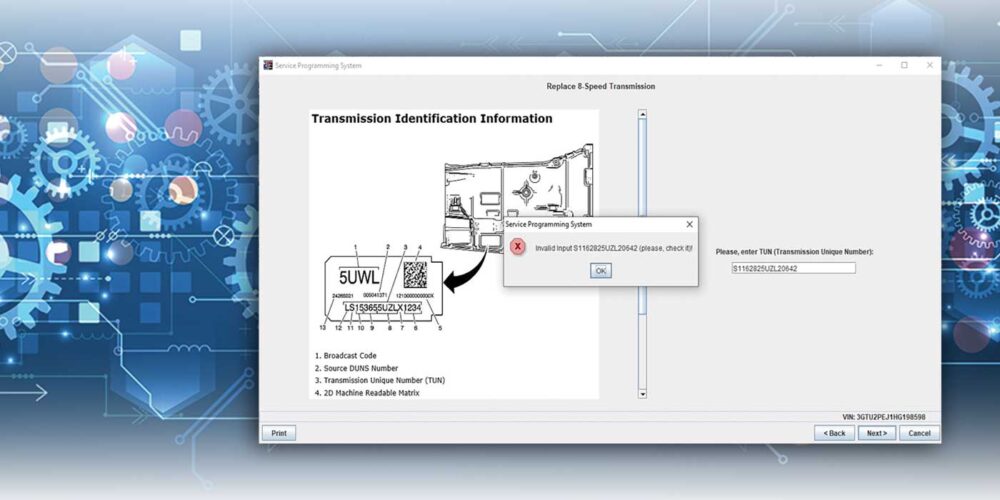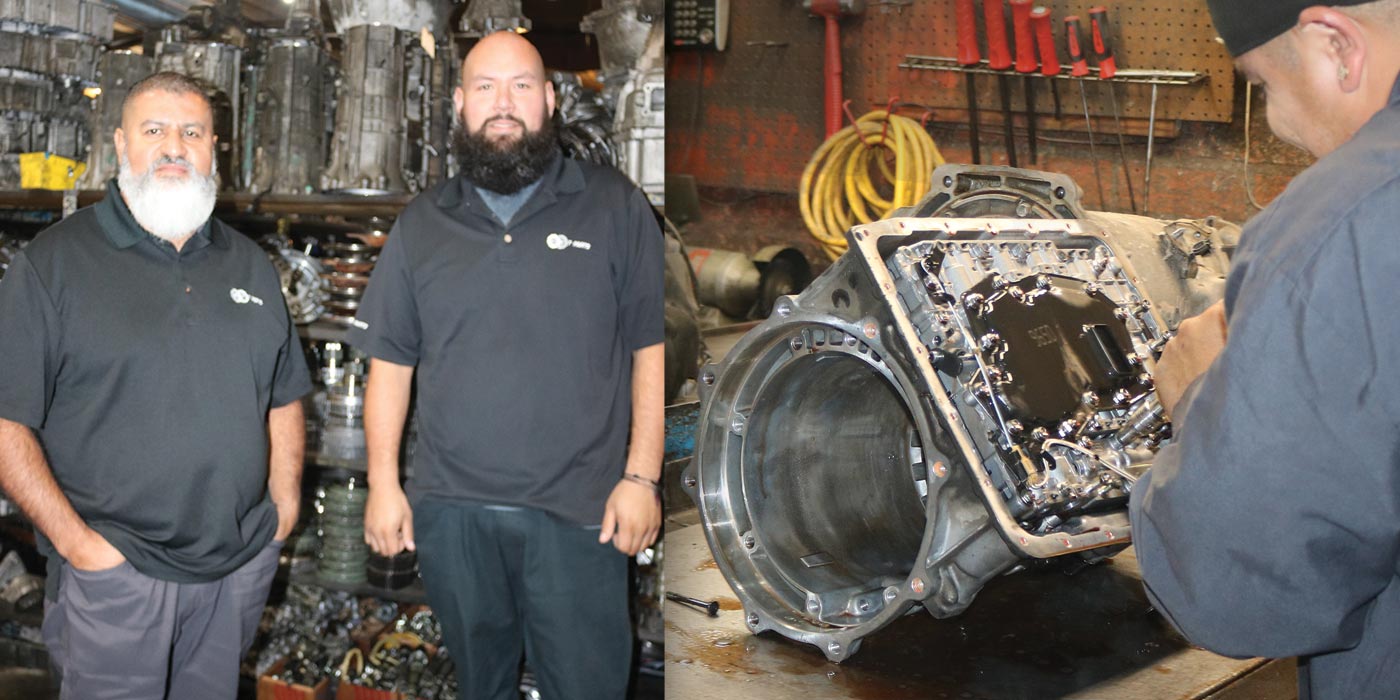In this article, I will discuss some vehicles with electrical issues. These issues were previously addressed by a different shop/tech, but the improper or incomplete repair resulted in these hidden problems that would appear later.
The first case was on an early 2004 Chevrolet Venture FWD, with a 4T70 transmission. This van was setting solenoid codes and faulting into limp mode. After removing the intake air filter box for access to the harness, the potential cause became fairly obvious when I spotted what looked like dried hot glue in a corner of the wire harness branch. (See Figure 1).
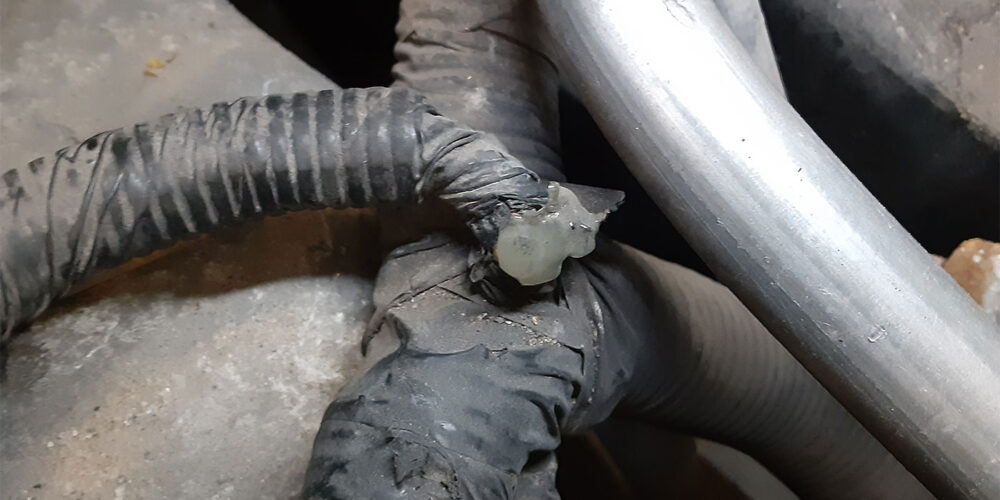
With a swipe of my thumb, the hard glob of glue rolled off the harness, revealing a wire that had previously rubbed through to bare wire and later became corroded from exposure. Apparently, the application of the hot glue was a previous attempt by someone to cover the bare wires and protect them from any additional contact or corrosion. Obviously, this was not a sufficient seal and the wire corrosion shown in Figure 2 was the result.
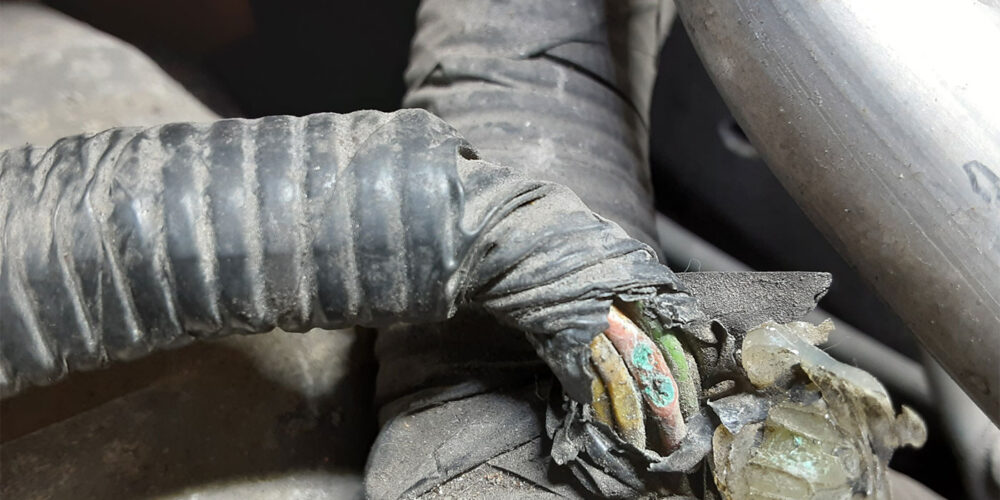
To correct the harness issue properly, it was necessary to open the harness breakout, splice in new wire with soldered connections, seal with heat shrink tubing, and re-tape for support. After clearing the trouble codes, I took the van out for a road test and the transmission was operating properly, with no codes being reset. The repair was successful, and the vehicle was released to the customer.
My second case involved a 2003 Ford F-150 with a 4R70W transmission. Its concerns were that the check engine light was on, the O/D lamp was flashing, and it wasn’t shifting. During the preliminary checks the truck was setting shift control codes, but not until it was driven a distance, at which point it would eventually fault into limp mode.
During a visual check I could see heat damage to the wire harness near the right-hand exhaust manifold. The harness wasn’t contacting the manifold like I typically see when the harness retainer at the rear of the right-hand head is either damaged or not reconnected after service. The harness had been supported away from the manifold, but the damage to the harness had not been repaired. I chose to address this first as it would need to be corrected regardless of any relationship to the customer concerns.
After disconnecting the harness connectors and retainers, I pulled the harness down under the truck to access the damaged portion and I found that the damaged heat shield tape had chafed through the wire insulation, shorting two circuits together in the harness itself. (See Figure 3).
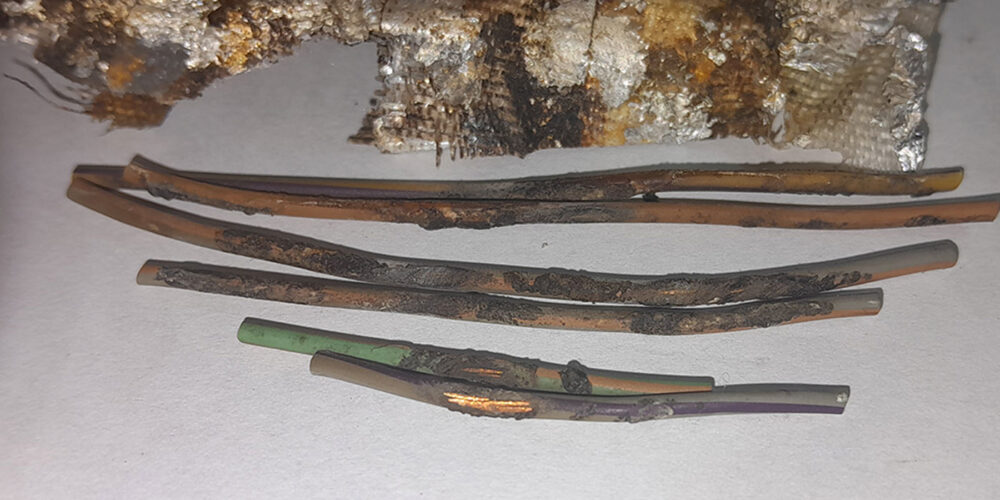
After cutting out and replacing all the chafed and heat-damaged wires, the split conduit and heat tape were replaced for protection and retainers were installed to keep the harness away from harm. A final road test confirmed that the customer’s original concern was repaired and the transmission was performing properly.
The final case I wanted to write about today was a late 2007 Silverado 2500 equipped with a 6.6L Duramax engine and Allison 1000 six-speed transmission. This truck was setting control codes with erratic shifts and neutralizing at times with the shift indicator flashing. A visual inspection of the harness and connectors didn’t reveal any obvious problems.
Clearing all codes and road testing reproduced the solenoid codes and limited the gears commanded from the computer. In addition, after setting for a short while with the hood closed, the shift indicator would flash in some ranges with no gear commanded, but also no range switch codes set.
Next, I started testing the circuits for short to ground and/or power at the TCM connector with it disconnected. I followed that by testing the circuit resistance through the solenoids. With no problems found there, I moved on to testing the range switch circuits. These responded to each position correctly. Disconnecting the harness from the transmission, I inspected the connector, tested each circuit back to the TCM connector for resistance, and did a pin drag test to all terminals with no problem found.
With both connectors now treated with dielectric grease, I again drove the truck and after getting to operating temperature, confirmed that the concern was still present. I was still unconvinced that the problem was internal to the transmission. I had a used TCM handy for this model, so I decided to install and program it to the truck. Much to my disappointment (but not surprise), the condition was still there. Feeling ready to throw in the towel, I took some time to walk away from this job and regroup.
When I circled back to this truck, I decided to let it idle with the hood closed and build heat in the engine bay before re-testing. After I felt that sufficient time had passed to warm the circuits, everything still re-tested OK from the TCM connector, so I closed the hood and let it idle a bit longer.
I later shut the engine off, disconnected the transmission connector, then raised the hood, and disconnected the TCM to isolate the circuits. Before testing from connector to connector, I tested between each of the circuits and found high resistance bleeding between a couple of them. Moving the harness changed the resistance reading. Next, I slowly massaged the harness and found the meter reacted the most at a low point in the harness close to the TCM, and a little below the corner of the right-hand battery.
Now my eyes focused on some light corrosion on the battery tray. It looked like some old acid damage that had been neutralized and cleaned up, and I also noticed some white residue on the harness conduit that could have also been acid damage. Hoping that this was the clue that I missed up to now, I proceeded to open the harness and witnessed some wires with the insulation swollen and softened. (See Figure 4).
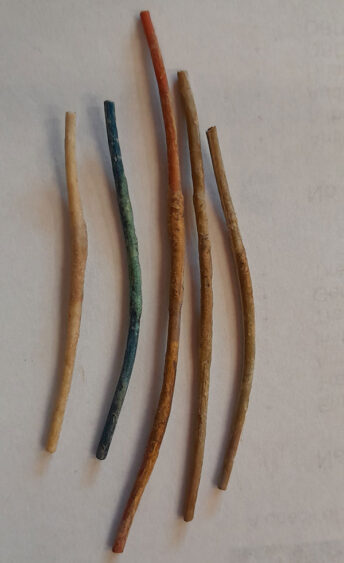
With the damaged wires cut out and new spliced in, I used battery cleaner and brake clean to flush out the inside of the conduit before closing it. With all codes cleared I took it on a longer road test. I then let the truck idle at the shop for a while, drove it again, performed a 20-minute hot soak, then restarted, and took a short drive with no codes reset, and correct transmission performance. Cue my happy dance.
I don’t know that I should blame someone else for a poor or partial repair on this one, but the root cause was repaired prior to this condition arising, which showed the need for us to make the most thorough and complete repair possible. Over the years of doing this I have come to dislike crimp connectors; even the crimp and seal can cause a variance in resistance with temperature. With electrical architecture ever-evolving, your skills and methods of wire repair are going to become even more important—but that could be another article in itself.
Read more stories in our R&R Tech series here.
Gordon Kehler started working as an auto technician in 1975, achieved his ASE Master certification in 1985, L1 in 1994, and has kept them current to date. He held GM master tech certification from 1991 to 2019. He joined the Certified Transmission team in 2019 as a Diagnostician. He and his wife of 40 years have raised three children and have six grandchildren.

